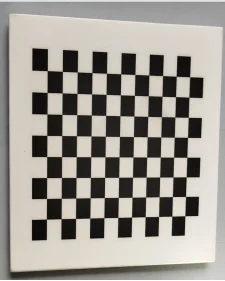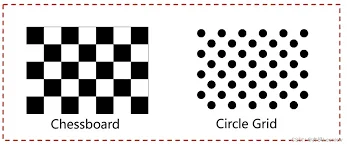Robot vision sensors are very useful for robots as they enable them to see the world. These are sensors that function as essential eyes for robots, so that robots know what is around them and can make decisions based on what their eyes report.
Robot vision sensors include cameras and other devices that take pictures and videos of the robots’ environment. These sensors then enable the robot to understand what is going on around them. This enables the robot to walk around, not bump into anything, and complete tasks properly.
Robot vision sensors are now better and stronger as a result of new technology. Jakange is a startup that makes awesome vision sensor technology to make robots more accurate and reliable. With those new tools, robots can perform difficult jobs and rapidly adapt to different locations.

Robot vision sensors can be found in lots of places, doing their bit to speed up and improve things. Robots with vision sensors can inspect products for quality and sort items on assembly lines in factories. Robots on the farm Robots equipped with vision sensors could be used to locate and pick ripe fruits and vegetables in the field. These uses have helped businesses save time and money and work more effectively.

To begin with, robot vision sensors were only able to ”see” in two dimensions. But now, robots can work in conjunction with 3D imaging and obtain much clearer pictures of an object. This will help robots make sense of space and manipulate objects the way humans do.

Robot vision sensors are extremely important to artificial intelligence because they help robots to learn and to adapt to their environment. Robots, using special computer programs, can look at the visual data they collect and make smart decisions more rapidly. This technology is reshaping fields including health care, transportation and logistics, where robots can now do work that humans once considered too difficult or dangerous.